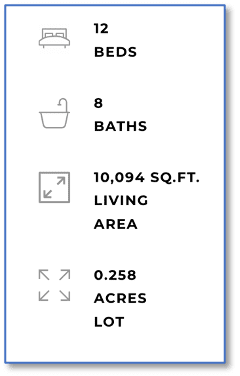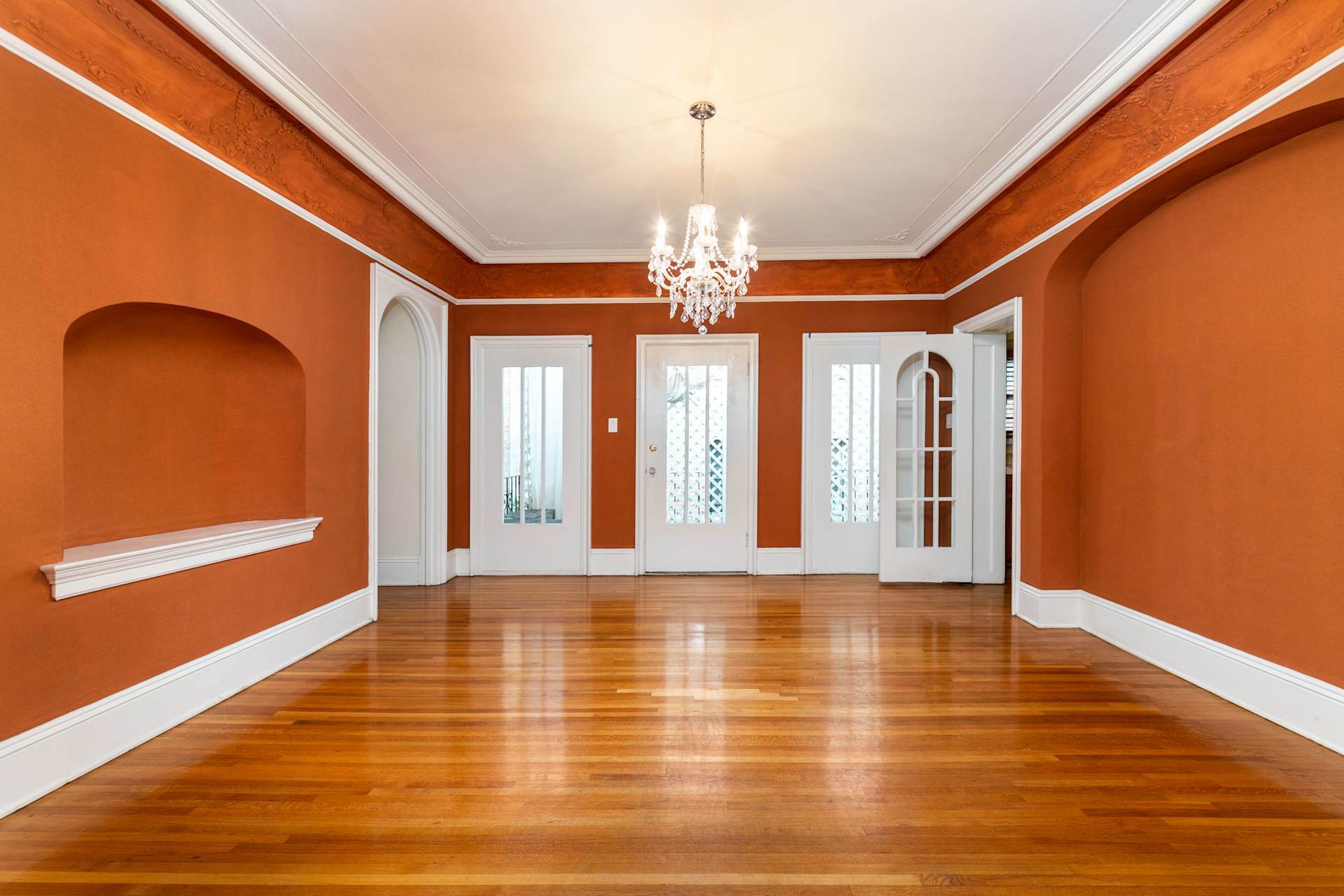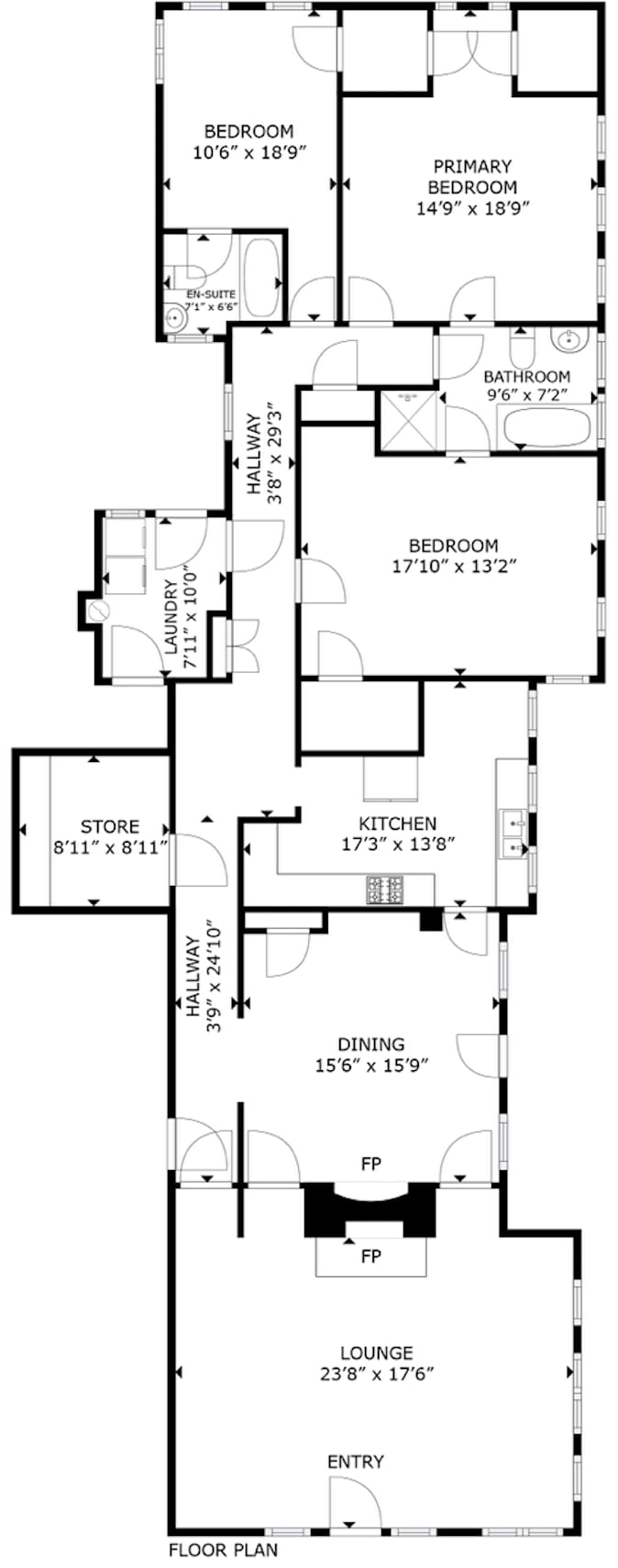Introducing “The Kingsley”
“The Kingsley,” as it is affectionately called, was built in the 1920s and is a historical and well-maintained building. It is located in the sought-after and populous Koreatown neighborhood, south of 3rd St. and east of Western Ave. in Los Angeles, California. Inside, “The Kingsley” surprises even the most jaded of real estate investment moguls with its four beautifully renovated condominiums that could be sold individually by the discerning financier.
Beauty and Beast
All in all, the 320 S Kingsley property looks like a slam-dunk, easy-sale beauty. However, it is aprobate property, and while the financials look enticing, the beast side is an excellent example of how residential and commercial real estate transactions differ—especially in the probate and trust niche of marketing real properties. Mark Cianciulli, owner of The CREM Group, listed “The Kingsley” for sale in December 2022.
Commercial Property Values Are Moving Targets
Before placing the property on the market, a BPO/BOV (Broker Price Opinion or Broker Opinion of Value) was prepared in August 2022, including sales comparables (comps) in the immediate area that sold between March and July 2022. By the time the property was placed on the market in December, the sales comps were updated to reflect recent transactions. The revised BOV used comps for properties closed between September and November 2022. Things had changed!
It’s critical to realize that sensitivity to interest rates in the commercial real estate market is much more acute than in the residential market.
As Interest Rates Explode, Buyer Interest Implodes
In March 2022, the federal funds rate was approximately 0.33%. By the end of July 2022, the fed rate had been hiked to about 2.25%. By December of that year—when the property was first placed on the market—the fed rate had risen to approximately 4.25%. In July 2023, the rate increased to around 5.33%, where it sits today. As the fed rate has rapidly increased, so too have commercial and residential lending rates, causing a gradual increase in CAP (capitalization) rates, decreased property values, and an overall downshift in buyer sentiment across all investment real estate product types.
The Kingsley Numbers Didn’t Pencil
Initially, it was anticipated that the property could be stabilized at rents in the range of $4,500 to $5,500/month per unit. At $5,000/month/unit, the projected gross rental income equated to $240,000/year and a NOI (Net Operating Income) of approximately $170,000 after backing out a standard 30% deduction for operating expenses. Based upon an original list price of $3,250,000, the CAP rate would be approximately 5.23% once fully stabilized.
At the time, the market was still adjusting for rising interest rates. While transaction volume was decreasing due to uncertainty in the market, it was anticipated a unique asset like 320 S Kingsley—with a total inside space measuring 10,094 square feet—would be viewed as an attractive value-add opportunity north of a 5% CAP rate in this geographically attractive submarket.
A Few Repairs
Ongoing inspection reports revealed that foundation, roof, termite, and plumbing repairs might run $150,000. Further, various prospective buyers agreed that a few renovations at the unit level would need to be made to achieve rents supporting the NOI figure. Since each living unit is approximately 2,000 square feet, a $50 PSF (per square foot) facelift equated to $100k/unit, or $400,000 in potential repair costs, bringing the total expenses to $550,000 to add to the purchase price.
As the market continues to adjust, CAP rates for stabilized multifamily investments in core Los Angeles have increased, and assets that are stabilized at or close to market rents are currently trading upwards of 5%. More specifically, several of the comparables have been sold. In the current new construction inventory, 4-unit buildings are trading at CAP rates as high as 6%. As such, it no longer makes sense for an investor to spend the time and effort to stabilize a property like 320 S Kingsley at a 5% - 5.5% CAP rate when that same buyer can purchase a newly constructed asset in the same location at the same CAP rate with fewer hassles, surprises, or risks.
MORE NUMBERS
Applying the current contract price of $2,350,000, plus budgeting for deferred maintenance and renovation costs (all-in expenses would be ~$2,900,000), assuming the ~$170,000/year NOI is attainable, the potential return on costs is ~5.86%. If a buyer is successful in pushing rents another 10%, their best case scenario once stabilized is a return on costs closer to 6.5%. While that upside would have been considered very appealing to most buyers before the rapid rise in interest rates, most buyers in today’s market don’t feel a projected 6.5% CAP is high enough, considering the cost to borrow is at or above 6.5%. This feeling is supported by several buyers who made offers below the $2.35M contract price and were unwilling to increase their offers in the best and final round.
In August of 2023—eight months after the property was placed on the market and after several escrows had fallen through—the Kingsley finally had one very motivated buyer. Everyone was excited: the final steps of the probate sale could commence. But it wouldn’t be easy.
A DIFFICULT SALE
Probate sales come with extra challenges that “standard” sales do not have. The beneficiaries of the Estate objected to the sale, which happens quite often with probate sales. When that occurred in this case, the full authority sale (where no court confirmation was needed) became a court-confirmed sale.
Fortunately, the buyer was willing to wait the extra 5-6 weeks, during which time the California probate law requires the property remain on the market, and other bids can be accepted. And while there were no over-bidders during that time, the buyer’s down payment was tied up in escrow. When it was suggested at one point that the hearing date be pushed out again, the previously enthusiastic buyer was losing their nerve and considering canceling.
The CREM Group founder Mark Cianciulli (an attorney as well as a CPA) and his staff prepared a Declaration to the court explaining the reasons the sale should go through, that the buyer was the right person, and that the market conditions were appropriate. The judge agreed, and the sale was completed.
In any real estate transaction, the goal is to do the best one can to finalize the sale so that both the buyer and seller are happy. In probate and trust sales, there’s another layer of concern: to make a deal in the best interest of the estate.
A deceased property owner of residential or commercial real estate would hope their heirs would receive maximum value for the estate. The buyer seeks a transaction that will make them feel they have paid the right price for the right property to reach their financial or living requirements. The CREM Group keeps both parties’ and the estate’s interests in mind in all of their dealings. The Kingsley was a gem of a property that was afforded the best outcome due to The CREM Group’s vigilance and vision.
SOLD!
Happily, the property sold. The CREM Group stepped in to prevent an unhappy ending. Commercial properties are much more sensitive to market conditions, and probate commercial properties can be particularly delicate. In an unstable real estate market with uncertain interest rates in a still-post-pandemic world, selling the Kingsley was a coup. The CREM Group made it happen.
Mark Cianciulli’s Southern California real estate brokerage has a healthy track record of success. The CREM Group specializes in selling both residential and commercial trust and probate properties.
Their contact information is here.




